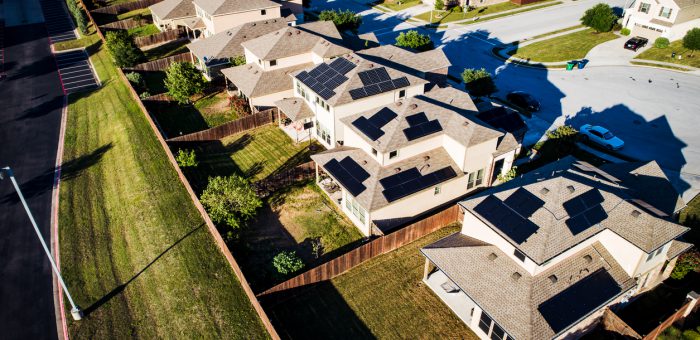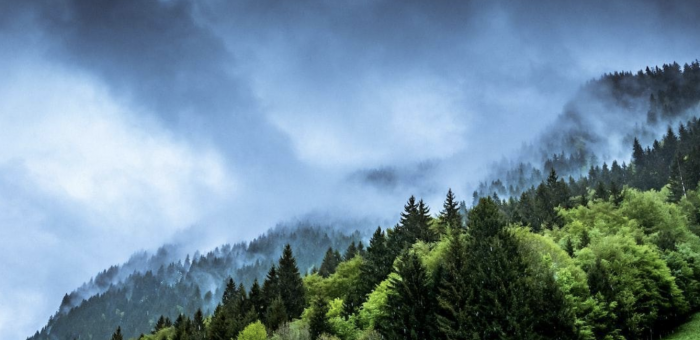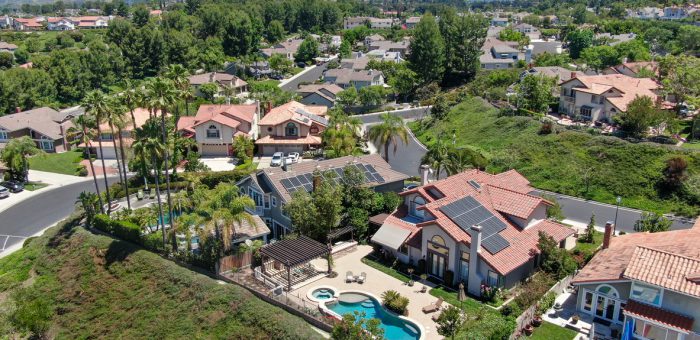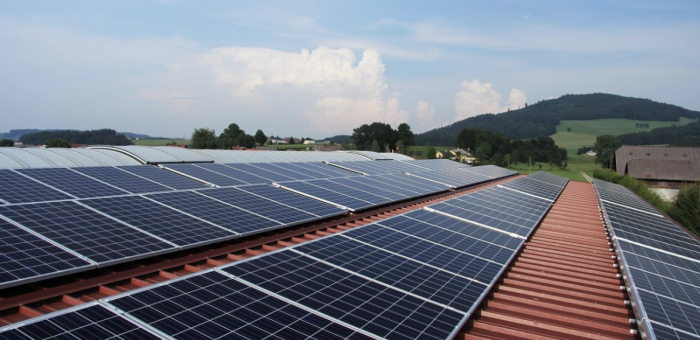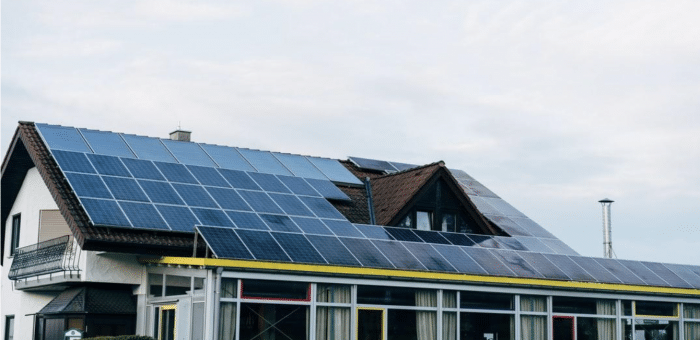The electricity that powers our homes can sometimes be taken for granted. You pay the electric bill, and everything inside your home is powered. This is possible, of course, thanks to electrical power plants generating electricity from fuel or other sources and transmitting that power across a vast electricity grid to your community and finally to your home. This is happening, at least, when everything is working properly.
4 causes of electricity shortages
You know how electricity is generated and transmitted. But what causes a shortage of electricity? The following sections will explain how electricity shortages can happen, from extreme temperatures and natural disasters to car accidents and an overload of demand.
1. Extreme heat or extremely low temperatures
Either temperature extreme causes a degree of risk of outages, whether it’s the hottest temperature in a historic heat wave or a historically cold temperature in the middle of the winter. In each case, the population is using a vast amount of energy to warm or cool their homes, and power plants struggle to match their energy supply with the energy demand.
Power grids have been stressed in each circumstance recently. The Texas electricity shortage in 2022 was possibly most keenly felt in the winter, when some local communities went without power during a winter storm, and many people went without heat. By summer, when some parts of the state saw some of the hottest temperatures in modern times, the power plants were just as strained from people trying to stay cool.
Electric service in the summer can also go down thanks to the nature of power transmission. As power lines transmit electricity, they give off a lot of heat. As the temperature of the air goes up, the line gets hot and starts to droop, lowering capacity and voltage.
[ctafirst]
2. Unexpected acts from Mother Nature
Natural disasters can negatively affect the power grid by knocking out the power, causing prolonged outages. These natural disasters could be tornadoes, hurricanes, or earthquakes. There are various ways each of these forces of Mother Nature can interfere with power distribution and cause an interruption of electrical service.
In 2021, Hurricane Nicholas knocked out the power in Houston as it dumped a foot of rain on the city. More than 440,000 residents were without power from that storm. Winds of 75 miles per hour blew trees and branches, which fell on power lines, cutting off the power. Powerful tornadoes, such as the one that hit Dallas in 2019, can also wreak havoc on electrical power transmission. That tornado shut off the power of more than 100,000 customers. Earthquakes can also shut down power plants.
3. Car accidents
Power is transmitted across power lines from the generating station to transmission and distribution substations and finally to distribution lines in residential communities and commercial areas. When transmitted from the generating station, the power is being pushed at hundreds of kilovolts through elevated lines held up by large, sturdy structures called tube towers, lattice towers, or pylons.
By the time the power is transformed down to smaller voltages, the lines are held up by wooden poles. Wood, being an insulator, makes for a safe material to hold up power lines and can help reduce power arcs from lightning strikes. While using wood has its pros, the cons include the fact that the wood eventually rots, making the poles weak, and cars can crash into them, knocking down the power line and cutting off local power.
4. Increased demand for power
Whenever there is an overall demand for electrical energy that surpasses the capacity and supply, the system is strained as it struggles to meet the demand. If the demand increases to the breaking point, there is an overload, and the power plant can’t keep up, then the power goes out. Even worse, when the power goes out at one point in the system, the power outages can spread to other parts of the grid.
How can renewable resources help?
Using renewable sources of energy can help prevent electricity shortages. Some renewable sources include wind power, solar power — thermal or photovoltaic — biomass, low-impact hydroelectricity, wave power, tidal power, and biogas — such as wastewater treatment gas and landfill gas, which is turned into energy.
Decreased reliance on the electric grid and a drive for energy independence
On the individual level, a homeowner with solar panels can reduce their reliance on the local electric grid. Power is harvested from the sun’s rays as the photovoltaic panels absorb photons. The sunlight hitting the cells creates an electrical field, which then flows to a solar inverter that converts the DC power into AC power. This AC power can then be used in your home, powering appliances, lights, and electrical outlets, just like the electricity that comes from a power plant.
On a community level, local renewable energy sources, such as wind power stations, can help make local areas more independent. On a state and national level, renewable energy can help reduce our dependence on foreign fuel imports. When there are more renewable options, people may not be required to conserve energy at a preferred time to help protect the power grid and prevent a blackout.
Lower energy demand on the grid
Using local renewable energy sources helps diversify the energy supply. It also helps ease the strain on the electrical distribution grids that are transmitting power from coal, nuclear, and other types of power plants, which may be running at full capacity to try to keep up with the high demand. Diversifying energy sources helps lower the demand on the grid and provides a multitude of sources for the energy supply.
[ctafirst]
In 2016, Texas generated more than 74 gigawatts of solar power. That year, solar added more capacity than any other energy source. This includes coal, and solar became the largest source of new electricity generation capacity. When excess solar power is fed back into the system, overall peak demand charges are reduced.
The road toward better energy decisions
What causes electricity shortages? There are numerous potential causes, from disasters to accidents and overly high demand. There is still a long road to go before energy storage, energy usage, and supply-and-demand balances are optimized. An increase in solar panel usage and many other types of renewable energy could help supplement the electricity supply. This would reduce demand on the grid and reduce our dependence on imports. Renewable resources can also reduce the reliance on aging electric grids and help the country gain energy independence.
More From the Power Wizard Blog
-
Do Solar Panels Increase Home Value?
The United States now has more than 6,000 people who work in the solar power industry and help us enjoy the benefits of this amazing technology. As solar panels become more and more common, some people are wondering, “Do solar panels increase home value estimates?” The truth is that solar panels can provide a long list of […]
View Article -
What Is Net Metering and How Does It Work?
A staggering 1300% increase. That’s how much the number of electric customers engaging in net metering skyrocketed from 2010 to 2020. But what is behind this surge? What exactly is net metering, and how could it potentially change the way you view your electricity consumption? The journey from an ordinary consumer to a potentially profitable one […]
View Article -
The Top Sources of Carbon Emissions in the U.S.
Climate change due to rising global temperature seriously threatens the natural ecosystem. It can result in erratic weather featuring intense drought, heat waves, melting ice caps, warming oceans, and increased storms when left unchecked. As the impact of climate change worsens, the risk of biodiversity loss and human extinction gets bigger. Table of Contents What […]
View Article -
California Solar Tax Credit & Incentives for Residential Rooftop Solar
Are you considering investing in residential solar panels in California? You’re not the only one. Research shows that California was ranked number one out of 50 states in 2022 for solar power generation, with more than 11 million homes powered by the sun. A major reason why solar power is popular statewide is that prices have dropped […]
View Article -
How to clean your solar panels
Click on a section to skip directly to it: Why is it important to clean your solar panels?Solar panel cleaning: a step-by-step breakdownMake sure you’re saving the most on your monthly energy bill Have you considered installing a renewable energy source at your home? Power Wizard recommends trying solar energy, which accounts for 3% of […]
View Article -
Solar Energy Credits: Everything You Need to Know
Solar panels are a great way to save money. They are energy efficient and reduce the impact of electricity production on the environment. You can get them installed on the roof of your house to reduce your reliance on the electric grid. Once installed, solar panels help passively produce energy from the sunlight — as […]
View Article -
Incentive-Based Energy Plans: What Are Your Options?
Incentive-based energy plans are becoming critically important as war, sanctions, and declining fossil fuel production cause nonrenewable energy prices to skyrocket. Fortunately, private companies are busy developing energy-efficient technologies while all levels of government are offering substantial financial incentives for consumers to adopt renewable energy sources. Let’s examine the many federal, Texas, and local energy […]
View Article -
How Long Do Solar Panels Last?
Owning a home is expensive, and that’s not expected to change anytime soon. On top of everything else, the cost of energy can be a burden for many familiar and even more so when temperatures reach extreme highs and lows. Whether you’re well-off or living paycheck to paycheck, you’re probably interested in lowering your energy […]
View Article
